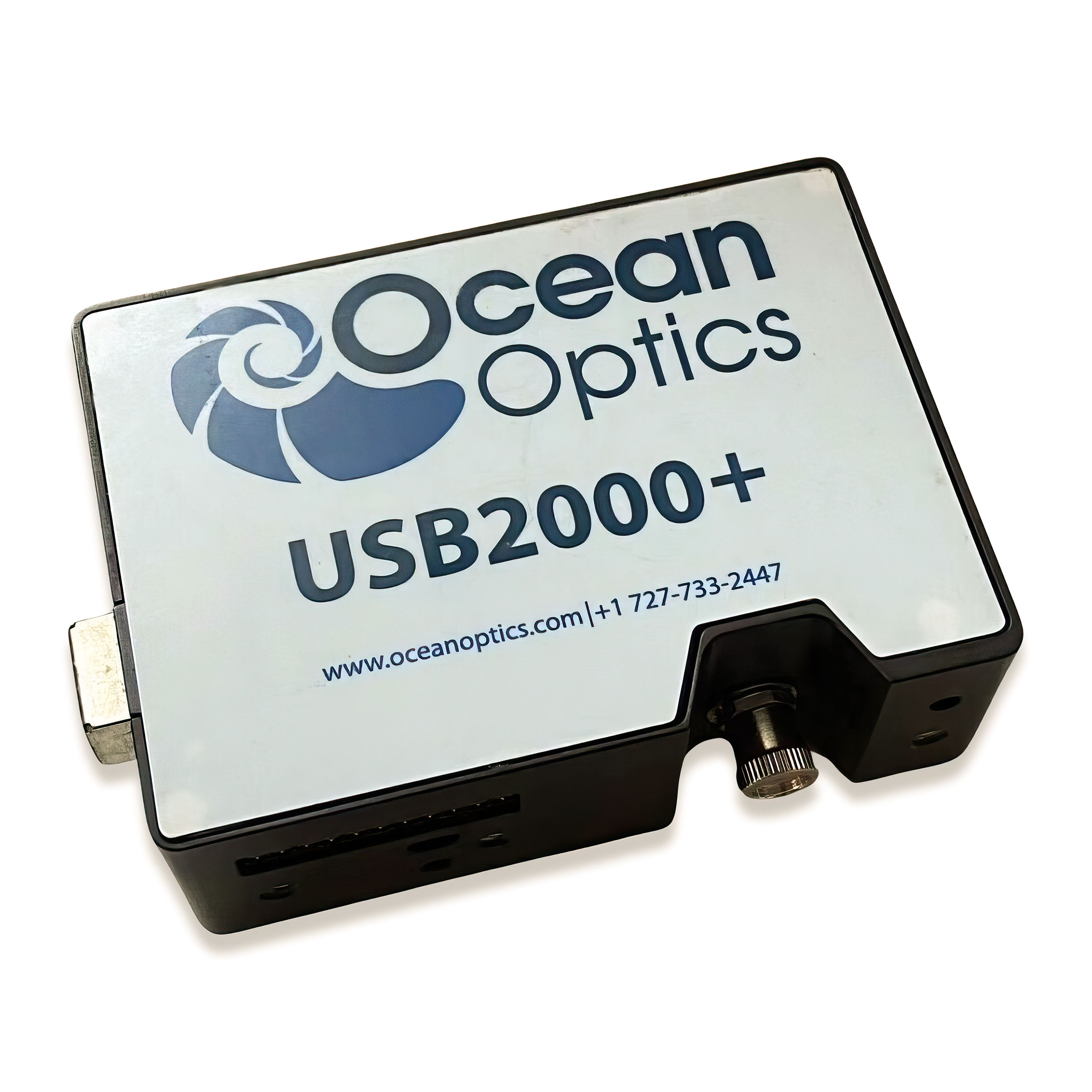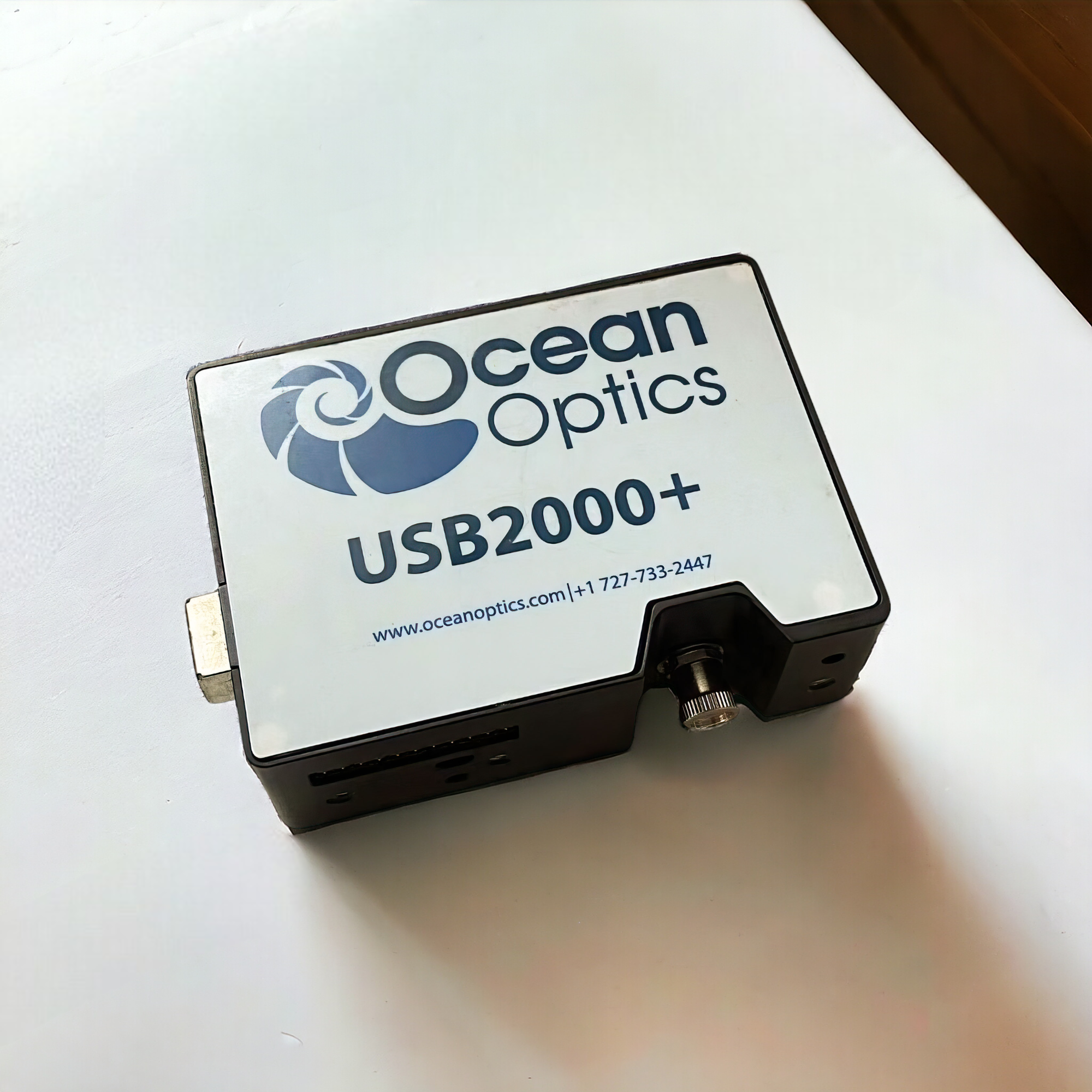Description

Its Purpose:
The Ocean Optics USB2000+ is a miniature fiberoptic spectrometer designed for scientific and industrial applications. It is a compact and portable device that offers high-performance spectroscopy in a small form factor.
Acme’s Summary:
Overall, the Ocean Optics USB2000+ Miniature Fiberoptic Spectrometer combines compactness, versatility, and high-performance spectroscopy, making it a popular choice for various research, analytical, and industrial applications.
Top 3 Competitors
- Avantes: Avantes is a company that offers a wide range of spectrometer products, including miniature fiber optic spectrometers similar to the USB2000+.
- StellarNet: StellarNet specializes in the development of compact spectrometers and spectroscopy systems.
- Hamamatsu: Hamamatsu Photonics is a renowned manufacturer of optical devices and components, including spectrometers.
5 Best Things:
- Design and Size: The USB2000+ spectrometer is designed as a small, lightweight unit that can easily be carried or integrated into various setups. It is built with a robust aluminum enclosure, providing durability and protection to the internal components.
- Spectral Range and Resolution: It covers a wide spectral range from ultraviolet (UV) to near-infrared (NIR), typically from 200 to 1100 nanometers (nm). The resolution depends on the specific model but generally ranges from 0.1 to 5 nm, allowing for detailed spectral analysis.
- Optical Fiber Input: The spectrometer utilizes a fiberoptic input, which allows for remote and flexible sample measurements. It can be coupled with various types of optical fibers, enabling measurements in challenging or hard-to-reach locations.
- Detector and Sensitivity: The USB2000+ employs a high-performance silicon-based photodiode array as its detector. The detector’s sensitivity allows for accurate and precise measurements of light intensity across the specified spectral range.
- USB Connectivity: The spectrometer connects to a computer or other compatible devices via a USB interface. This interface provides power to the spectrometer and enables data transfer, control, and configuration.

 (2)
(2)






